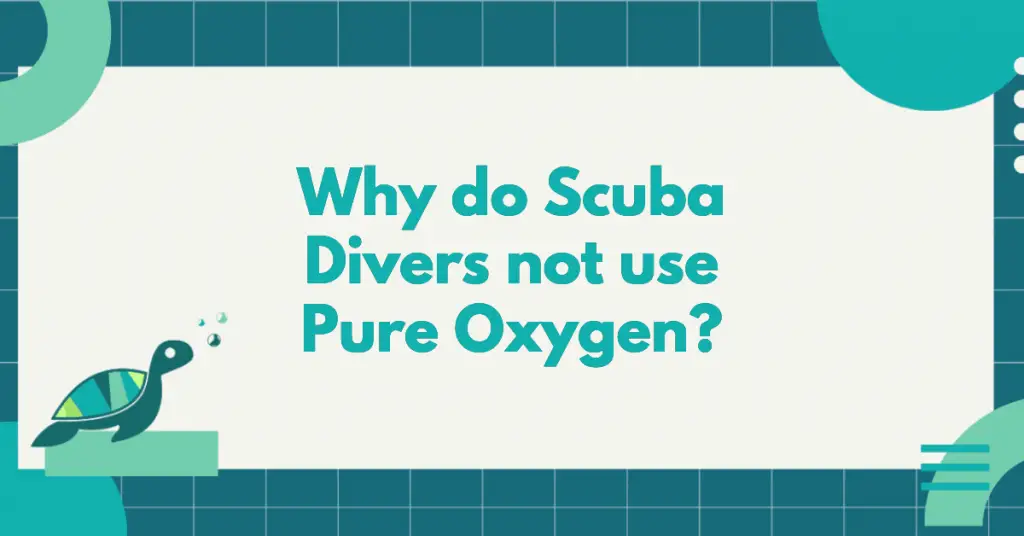

#Scuba diving carbon monoxide symptoms for free#
He is a doctor in the Baltimore/Washington, D.C., area and administrator for Scuba Clinic Online.Watch the latest news and stream for free on 7plus > Doc Vikingo has been certified more than 35 years. He has been working in the dive industry since 1997. Louis Powell teaches technical diving and runs Seven Seas Scuba in Monterey, California.
#Scuba diving carbon monoxide symptoms portable#
So, what’s a diver to do? Given that Florida seems to be the only state that requires routine testing of air fills - and that I know of, no foreign dive venues require it - as in many things scuba, you’ll need to cover your own derriere:ġ Use only ops or fill stations that can produce a current certificate showing that their fills meet the Compressed Gas Association’s Grade E specification.Ģ Buy a portable CO analyzer such as the Analox CO EII or CO Expedition.ģ Rent one for the duration of your trip from a source such as. However, obviously there are more than a trivial number of cases, as evidenced by DAN’s donation of 10 Analox fixed-compressor CO monitors to fill stations in Cozumel, Costa Maya and Riviera Maya in December 2011 and January 2012. No organization appears to be tracking - or at least is not reporting on - the issue of CO poisoning in divers. At present, PADI and NAUI recommend testing, but this is aspirational - not mandatory. Also, CO is more than 200 times more likely to bond with hemoglobin than oxygen is, which leads to diminished availability of oxygen to body tissues.ĭespite the obvious dangers of CO exposure to the diver, the dive industry does not require the testing of fills. As exposure to CO increases, cardiac and central nervous system symptoms will appear, including shortness of breath, dizziness, confusion, seizures, respiratory arrest and, eventually, death. A dull, continuous headache is the most frequent symptom, typically frontally located. The signs and symptoms of CO poisoning include headache, nausea, fatigue, and cherry-red lips, cheeks and fingernails. The most common cause of abnormal levels of CO in a cylinder is an improperly placed, maintained or functioning fill compressor. As such, if an excess amount ends up in your cylinder and you don’t test the fill, you won’t know it until signs and symptoms have already developed.

But if you want to avoid a dive accident, your energy would be better spent watching your SPG, and diving within your training and experience, rather than worrying about carbon monoxide.ĭespite the obvious dangers of carbon-monoxide exposure, the industry is not diligent about testing - this one is on you.Ĭarbon monoxide is a colorless, odorless, tasteless and, initially, nonirritating gas. If you have no choice but to trust air from a questionable source, invest in one of the options available for CO testing. When making travel plans, check the reputation of dive shops online and with their respective agencies. It should not feel any more threatening than asking to see a restaurant’s health-department certificate. If there is hesitation about either, consider carefully what is said. And feel free to ask to see the compressor. Most stores will have their current air-test report posted. What should you do? Build a relationship with your local dive shop and ask about its compressor maintenance and air-testing schedule. And because scuba is an international industry, even dive operators in remote destinations adhere to U.S. Daily maintenance checks as well as retesting air quality after any compressor service are typical. If we are to look honestly at reducing risk, we should consider first our attitude about safe-diving practices and the way in which market forces are driving Open Water courses into shorter and shorter schedules.Īlthough unregulated by any government agency, quarterly air- quality testing is accepted as a minimum standard. Industry standards make carbonmonoxide contamination virtually unheard of - most scuba fatalities result from drowning. Unless there is a particular reason for suspicion, divers don’t need to worry about CO in their tank any more than you would worry about the cleanliness of the kitchen in your favorite restaurant. But checking each tank for CO would be like whipping out a microscope at a restaurant to inspect your food. Nitrox divers check each tank to verify the percentage of oxygen, because having the wrong mix can be deadly.


Yet few of us live in constant fear of these hazards. Like nitratesin our drinking water, salmonella in our lettuce, and out-of-control drunken drivers, CO can kill unexpectedly. Unless you have reason for suspicion, CO in your tank should be no more concern than the cleanliness of a restaurant kitchen.Ĭarbon-monoxide contamination in scuba is a serious subject.


 0 kommentar(er)
0 kommentar(er)
